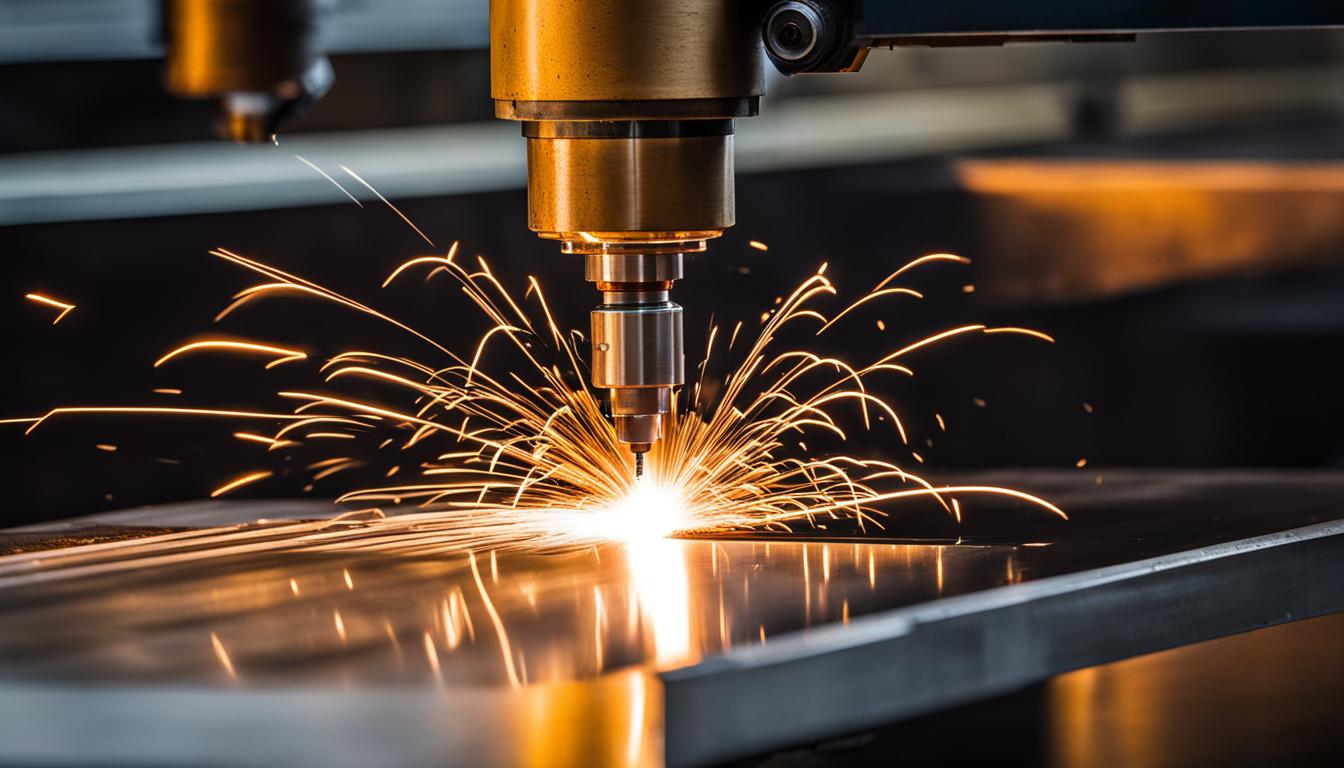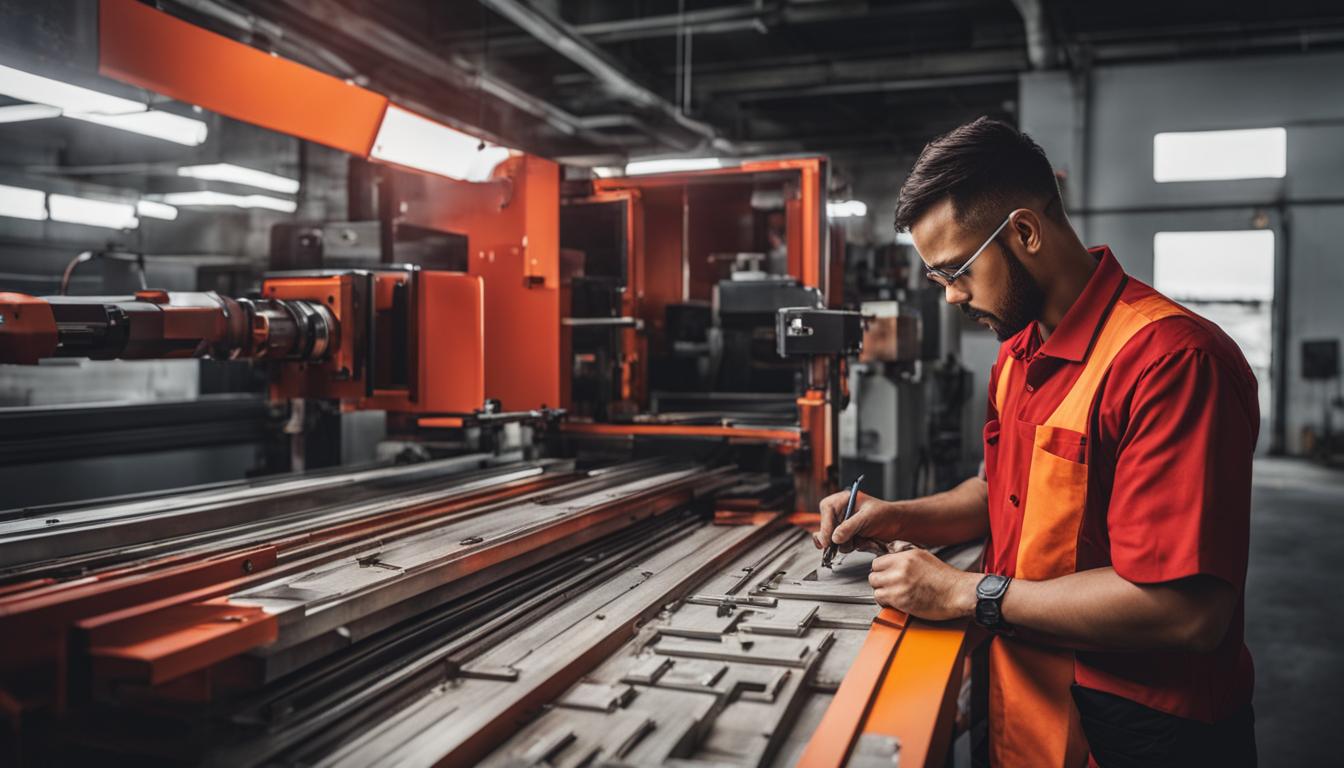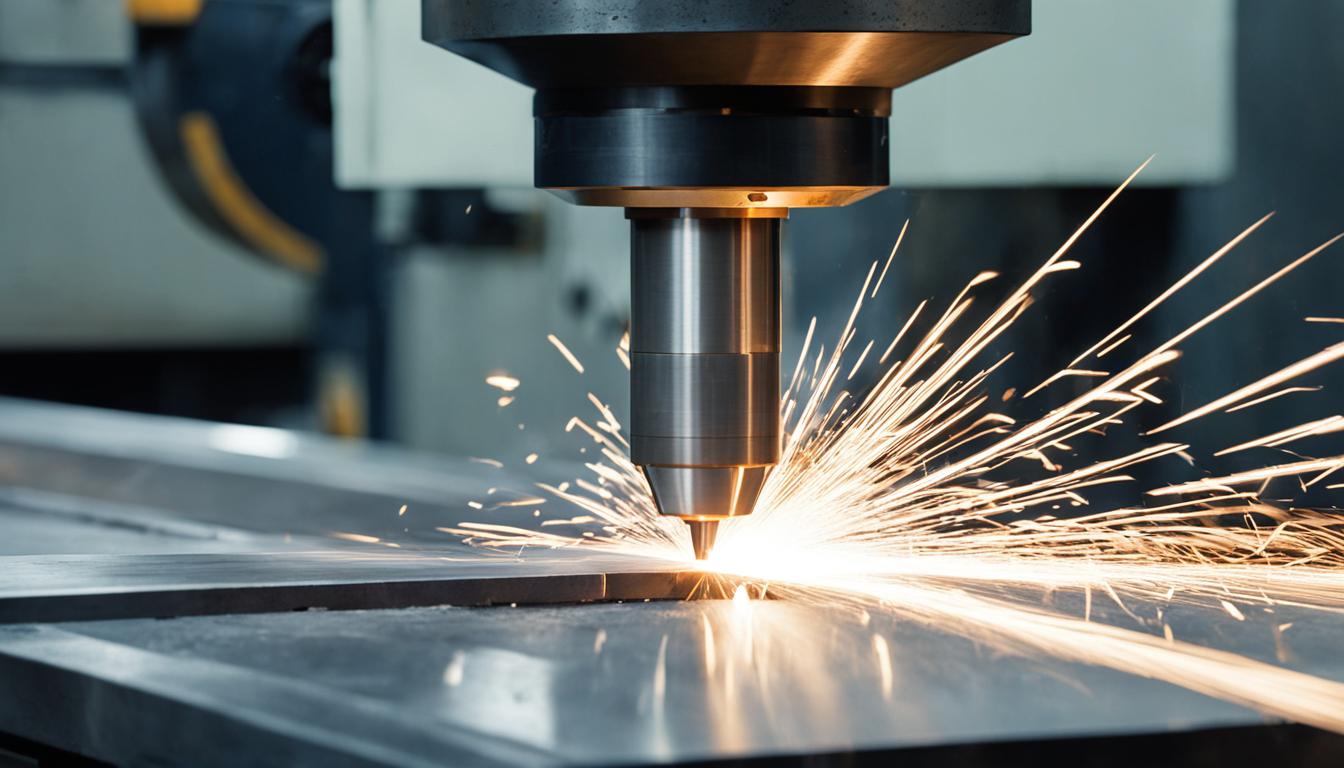CNC machining costs can be high due to several key factors. The complexity of the part design significantly impacts the price, as intricate geometries require more programming time and specialized tooling. Material choice plays a crucial role, with expensive metals like titanium or specialized plastics driving up costs.
The size and precision requirements of the part also affect pricing – larger parts need more raw material and machining time, while tight tolerances demand advanced equipment and skilled operators. Setup costs, including programming and fixture creation, contribute to the overall expense, especially for small production runs. Additionally, the type of CNC machine used influences costs, with multi-axis machines being more expensive to operate than simpler 3-axis models. Post-processing operations like surface finishing or heat treatment add to the final price.
Labor costs for skilled machinists and quality control personnel further increase expenses. Ultimately, while CNC machining offers high precision and repeatability, these benefits come at a premium due to the combination of advanced technology, materials, expertise, and time required to produce complex parts.
- CNC machining costs can vary depending on factors such as equipment and tooling costs, material choices, and design complexity.
- Choosing advanced and efficient machines, though more expensive initially, can lead to cost savings in the long run due to increased productivity.
- The quantity of parts being produced can affect the overall cost, with larger quantities leading to lower unit costs.
- Materials, particularly metals like stainless steel, can contribute significantly to the overall machining cost.
- Design complexity and part dimensions impact the cost, with more intricate designs and larger parts requiring additional resources and time.
Factors Affecting CNC Machining Costs
When it comes to CNC machining, several factors can significantly impact the overall cost. It’s crucial to consider these factors when estimating the expenses of your CNC machining projects. Below are the key elements that contribute to CNC machining costs:
- CNC Equipment: The cost of CNC equipment, such as CNC lathes and CNC milling machines, is a significant factor in determining overall expenses. Advanced and efficient machines generally come with a higher price tag.
- Materials: The choice of materials used for CNC machining can greatly affect costs. Different materials like metals and plastics vary in terms of availability and pricing. Metals, especially stainless steel, tend to be more expensive compared to plastics.
- Design Complexity: The complexity of the part’s design plays a crucial role in cost determination. Parts with intricate features, sharp corners, or thin walls require additional machining time and resources, driving up the expenses.
- Machining Time and Labor: The time required to machine a part and the corresponding labor costs also contribute to CNC machining expenses. More complex designs and features may increase machining time, thus incurring higher labor costs.
- Part Dimensions: The size and dimensions of a part affect the amount of raw material required, as well as the machining time and resources needed. Producing larger parts typically leads to higher costs.
- Quantity: The quantity of parts being produced can impact the cost per unit. Larger quantities offer economies of scale and can reduce the overall cost.
- Surface Finishing: Additional surface treatments and finishes like heat treatment or anodizing can add to the overall CNC machining costs. These treatments may enhance the visual appearance and properties of the parts but will increase expenses.
- Tooling Costs: The cost of CNC machining tools, such as cutting tools, must be factored in when estimating the overall expenses. The quality and durability of the tools can affect the efficiency and accuracy of the machining process.
- Tolerances: The desired tolerances for the machined parts also impact the cost of CNC machining. Tighter tolerances require more precise machining techniques and may incur additional costs.
Here’s a breakdown of the factors affecting CNC machining costs:
| Factors | Description |
|---|---|
| CNC Equipment | The cost of the CNC machines used for machining. |
| Materials | The type of materials used in CNC machining. |
| Design Complexity | The intricacy of the part’s design and features. |
| Machining Time and Labor | The time required for machining and associated labor costs. |
| Part Dimensions | The size and dimensions of the machined part. |
| Quantity | The number of parts being produced. |
| Surface Finishing | The additional treatments and finishes applied to the parts. |
| Tooling Costs | The cost of CNC machining tools. |
| Tolerances | The desired precision and accuracy of the machined parts. |
Understanding these factors and carefully considering their impact on CNC machining costs will help you make informed decisions and optimize your project’s budget.
CNC Machine Costs
When it comes to CNC machining, the cost can be influenced by various factors. One significant factor is the type of CNC machine utilized. The size, weight, speed, power, and configuration of the machine all play a role in determining its cost. Different types of machines, such as 3-axis and multi-axis machines, come with varying price tags.
Typically, CNC milling machines tend to be more expensive compared to CNC lathes. This price difference can be attributed to the complexity involved in milling machines. Additionally, machines with more axes, like 5-axis machines, come at a higher cost.
When estimating CNC machining costs, it’s essential to consider that these costs are usually calculated per hour. The rates can range anywhere from $35 to $125, depending on the type of machine being used.
Comparison of CNC Machine Costs
| CNC Machine Type | Average Cost Range (per hour) |
|---|---|
| CNC Milling Machines | $50 – $125 |
| CNC Lathes | $35 – $75 |
| 3-Axis Machines | $40 – $80 |
| 5-Axis Machines | $75 – $125 |

As shown in the table above, different CNC machine types come with varying costs per hour. It’s essential to consider these cost factors when planning a CNC machining project to ensure accurate budgeting and cost estimation.
Machining Time and Labor Costs
The time required for machining a part and the labor costs associated with operating the CNC machine are important factors that can impact the overall cost of a CNC machining project. Parts with more complex designs and features may require longer machining times, resulting in increased costs. The intricate details and precision required for complex designs often necessitate additional machining operations and tool changes, ultimately extending the overall machining time. As a result, labor costs associated with operating the CNC machine also increase.
However, one advantage of CNC machining is that it significantly reduces the number of laborers needed compared to manual machining. The automated nature of CNC machines allows for increased efficiency and productivity, minimizing the need for manual labor. This reduction in labor requirements can help lower overall costs, even considering the increased machining time for complex parts.
To better understand the impact of machining time and labor costs, let’s examine an example:
| Part Name | Design Complexity | Machining Time (hours) | Labor Cost ($/hour) | Total Labor Cost ($) |
|---|---|---|---|---|
| Part A | Low | 2 | 20 | 40 |
| Part B | High | 6 | 20 | 120 |
| Part C | Medium | 4 | 20 | 80 |
In the example above, we can see that the machining time for Part B is longer due to its high design complexity, resulting in a higher total labor cost compared to Parts A and C. This demonstrates how the intricacy of the part directly affects the machining time and consequently the labor costs associated with it.
By carefully considering the design complexity of the parts and optimizing the machining process, it is possible to find a balance between machining time and labor costs, ultimately minimizing the overall cost of CNC machining projects.

Material Costs
The cost of materials used in CNC machining plays a significant role in determining the overall project costs. Different materials, such as metals and plastics, have varying price points that can affect the final expenses. Metals, particularly stainless steel, tend to be more expensive compared to plastics, which are typically more affordable.
The price of materials is influenced by several factors, including availability, properties, and production costs. Machinists often purchase materials in the form of solid blocks, and the overall cost is calculated per block. This pricing model ensures transparency and allows for accurate cost estimation during the CNC machining process.
One commonly used material in CNC machining is aluminum. It offers a perfect balance between affordability and machinability, making it a popular choice for various applications.
Comparison of Material Costs
| Material | Average Cost |
|---|---|
| Stainless Steel | Higher cost |
| Aluminum | Affordable |
| Plastics | Lower cost |
Table: Comparison of material costs in CNC machining
It’s crucial to consider material costs when planning a CNC machining project. By analyzing the pricing of different materials and their suitability for the desired application, manufacturers can make informed decisions to optimize costs while ensuring high-quality results.
Design Complexity and Dimensions
The complexity of a part’s design and its dimensions play a significant role in determining the cost of CNC machining. Parts with intricate and complex features, such as sharp corners, thin walls, or deep cavities, require more extensive machining operations and specialized tools, leading to increased production time and higher costs.
Design complexity adds an extra level of intricacy to the machining process. It often involves multiple operations, such as drilling, milling, or threading, to achieve the desired shape and functionality. These additional machining steps and tool changes extend the overall production time, impacting the final cost.
Moreover, parts with larger dimensions require more raw material and time to manufacture, contributing to higher costs. With larger parts, the CNC machine needs to work on a larger surface area, resulting in longer machining time and increased material wastage. These factors drive up the expenses associated with manufacturing larger components.
It is essential to consider design complexity and dimensions during the initial stages of product development. By optimizing the design for manufacturability, designers can simplify the machining process, reduce the number of machining steps, and minimize the use of specialized tools. This approach leads to cost savings without compromising the functionality or quality of the final product.
Cost Impact of Design Complexity and Dimensions
| Design Complexity | Dimension | Cost Impact |
|---|---|---|
| Simple | Small | Low |
| Large | ||
| Complex | Small | High |
| Large |
The table above illustrates the cost impact of design complexity and dimensions. Parts with simple designs and smaller dimensions tend to have lower machining costs, while parts with complex designs and larger dimensions can result in higher expenses due to the additional machining steps and increased material consumption.
By understanding the relationship between design complexity, part dimensions, and machining costs, manufacturers and designers can make informed decisions to optimize their processes and reduce manufacturing expenses.
Tips to Save CNC Machining Cost
When it comes to CNC machining, there are several strategies that can help you reduce costs and optimize your budget. By implementing these tips, you can ensure efficient production without compromising on the quality of your parts.
1. Increase Quantity: One effective way to lower the cost per unit is to scale up your production. Increasing the quantity of parts being produced allows you to spread out setup costs, resulting in lower overall costs.
2. Choose Materials Wisely: Opting for more affordable materials that still possess good mechanical properties can significantly reduce machining costs. Selecting the right material for your specific application can save you money without sacrificing functionality.
3. Optimize Design: Design optimization plays a vital role in cost reduction. Avoiding unnecessary features and complex designs can save machining time and resources. Consider standard hole sizes and profiles, minimize tight tolerances, and steer clear of thin walls and deep cavities to streamline the manufacturing process.
By following these tips, you can save on CNC machining costs while maintaining the exceptional quality and precision your projects demand. Implementing efficient strategies will help you optimize your budget and enhance your overall manufacturing process.
